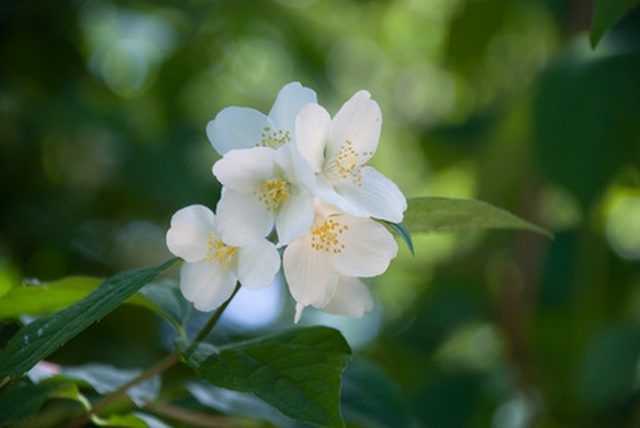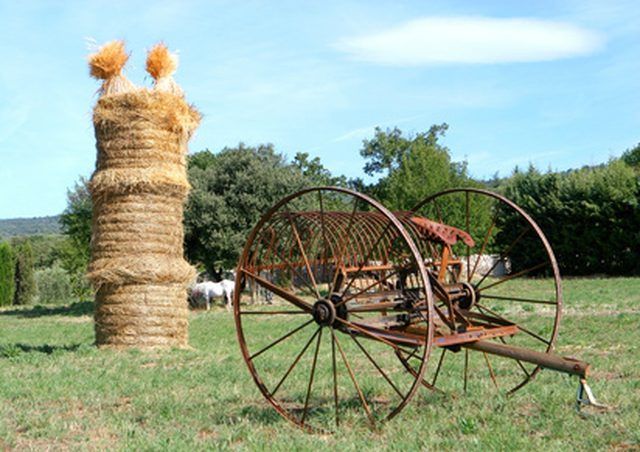Bulbs
Flower Basics
Flower Beds & Specialty Gardens
Flower Garden
Garden Furniture
Garden Gnomes
Garden Seeds
Garden Sheds
Garden Statues
Garden Tools & Supplies
Gardening Basics
Green & Organic
Groundcovers & Vines
Growing Annuals
Growing Basil
Growing Beans
Growing Berries
Growing Blueberries
Growing Cactus
Growing Corn
Growing Cotton
Growing Edibles
Growing Flowers
Growing Garlic
Growing Grapes
Growing Grass
Growing Herbs
Growing Jasmine
Growing Mint
Growing Mushrooms
Orchids
Growing Peanuts
Growing Perennials
Growing Plants
Growing Rosemary
Growing Roses
Growing Strawberries
Growing Sunflowers
Growing Thyme
Growing Tomatoes
Growing Tulips
Growing Vegetables
Herb Basics
Herb Garden
Indoor Growing
Landscaping Basics
Landscaping Patios
Landscaping Plants
Landscaping Shrubs
Landscaping Trees
Landscaping Walks & Pathways
Lawn Basics
Lawn Maintenance
Lawn Mowers
Lawn Ornaments
Lawn Planting
Lawn Tools
Outdoor Growing
Overall Landscape Planning
Pests, Weeds & Problems
Plant Basics
Rock Garden
Rose Garden
Shrubs
Soil
Specialty Gardens
Trees
Vegetable Garden
Yard Maintenance
Winter Care for Jasmine Shrubs
Winter Care for Jasmine Shrubs. Jasmine (Jasminum) is a handsome flowering shrub popular as a greenhouse plant. In the mild climates of the southern U.S., many types are used in the outdoor landscape. Jasmines (also commonly called jessamine) thrive in a sunny location and in well-drained, sandy loam soil. Jasmine is known for its fragrant flowers,...

Jasmine (Jasminum) is a handsome flowering shrub popular as a greenhouse plant. In the mild climates of the southern U.S., many types are used in the outdoor landscape. Jasmines (also commonly called jessamine) thrive in a sunny location and in well-drained, sandy loam soil. Jasmine is known for its fragrant flowers, yet not all varieties have this quality. It is important to choose a variety that is hardy to the local climate, although some seasonal protection may still be required. Jasminum nudiflorum is a variety that is hardy as far north as New York, with winter protection. However, an occasional exceptionally cold winter may make the protection of no use if the jasmine variety chosen was a tender one, requiring a warmer climate zone.
Things You'll Need
Mulch
6-foot wooden stakes
Hammer
Straw mat
Broom
Water
Water the shrub deeply in autumn. Never allow the jasmine plant to enter winter weather with a dry root system. This makes it more vulnerable to winter kill in cold temperatures.
Mulch the soil around the base of the jasmine shrub to protect the ground and root system from hard freezes. Apply 3 to 4 inches of ground bark, sawdust, compost, chopped leaves, or well-rotted manure over the entire root zone, extending the mulch out to the shrub's drip line.
Use a hammer to drive 6-foot wooden stakes into the ground around the jasmine shrub, 1 foot apart, to install a windscreen. Weave a straw mat in and out of these stakes, until the screen is complete on all exposed sides of the jasmine. The most important protection for a tender, half-hardy shrub is a windscreen. The winter windscreen should not be removed in the spring until all danger of freezing weather has passed.

Protect the jasmine shrub from the weight of winter snow by gently sweeping the accumulation off the branches with a broom. Don't wait for the snow to accumulate more than a few inches before brushing it off. The weight of snow and ice on the branches will cause breakage and injury.
Tips & Warnings
Straw mats can be purchased at garden centers or home improvement centers in many sizes. Specialty companies sell them as erosion control for hillsides and slopes. If straw matting cannot be located or is too expensive, opt for canvas or burlap, nailing it to the wooden stakes rather than weaving it through them.
Winter freezes may kill portions of the jasmine. Wait to prune for shaping until the spring, when you can identify dead branches.
There is little justification for planting a tropical variety in a northern climate. The effort required to protect it from the winter weather would be better directed to a shrub suited to the local zone. Jasminum nudiflorum is the best jasmine adapted to the cooler areas.